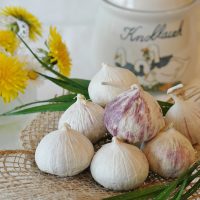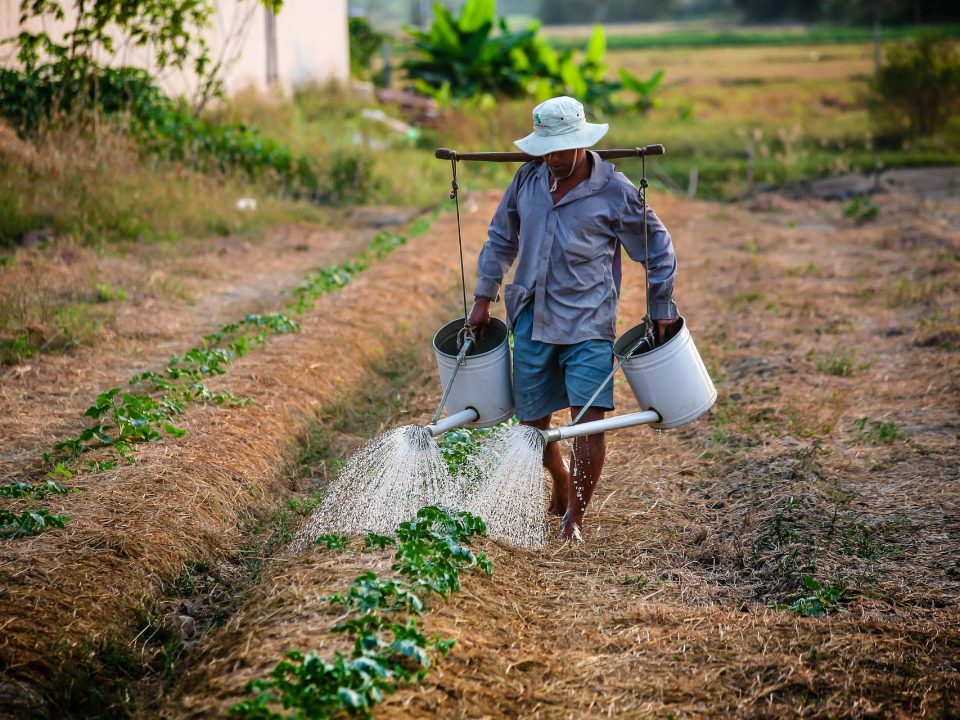Garlic

Turmeric Fight cancer
October 2, 2018
medicinal herbs
October 19, 2018Garlic Alium sativum – The natural health pill
Written by – ronen kozushner
Plant Names
Garlic Alium sativum | Garlic
Garlic in the Narcissus family, and he is a tuft (geophyte). Garlic is used as a seasoning herb and medicinal purposes. Among the garlic parts, onion (also known as “garlic head”) is the part that is frequently used and consists of several edible teeth (live or after cooking).
Used parts – tuber
Background
Garlic grows all over the world and is common in cooking. In folk medicine, for years, it was used as a powerful anti-bacterial plant. Many recent studies have shown that strong antibiotic abilities are effective. The active ingredients in garlic are alhin and alicine, which also imparts the sharp and characteristic smell of garlic. No antimicrobial and antifungal activity – that is, it can kill bacteria and fungi. No good ability to treat intestinal disorders. Moreover, garlic is good for a variety of health conditions.
Composition of garlic
Allicin is an organic compound that gives garlic its distinctive smell and sharpness. Among the substances found in garlic teeth are alicine, sulfur, phosphorus, fluorine, carotene (vitamin A), vitamin B1 and vitamin B3
Main medical activity
Anti-bacterial
Anti viral
Anti-cancerous
Reduces high blood pressure
Antifungal
Reduces blood sugar levels
Lowers high cholesterol levels in the blood
Turning phlegm
Kills intestinal worms
Common uses in herbal medicine
Throat infections
Intestinal worms
Noses
High lipid levels
Reduce high blood pressure
The garlic in the sources
The garlic and the onion are mentioned in the Bible only once, as one of the foods mentioned by the Israelites when they wish to return to Egypt: “Remember the fish which we shall eat in Egypt, the vineyard and the wheat, and the harvest, and the onions and the almonds” (Numbers, ‘). The hay mentioned in this verse is also from the family of garlic, and was used in ancient Egypt for seasoning and eating
Growing garlic in the garden
You can just take a garlic head. No garden is actually an inflorescence of onions, those onions multiplying into whole heads of garlic. This process is called vegetative reproduction. Before planting, separate the garlic head with a few garlic cloves.
The garlic cloves are placed in the soil with the “spice” upwards, at a depth of about five centimeters and at a distance of 15 – 10 centimeters.
Tip: In order to get results and to get large garlic heads, you can cool the onions in water before planting.
At the end of the sowing, water well and gently.
About a month after sowing, garlic will begin sprouting green leaves and after about six months of planting, the leaves will begin to yellow – this is the time to stop watering.
About two weeks after the irrigation is stopped, the garlic heads can be removed from the ground and hung to dry in a shaded place.
Growth conditions
Soil: The soil on which the garlic grows should be moist and well drained. The land must be fertile, but not too much.
Light: For optimal growth, choose the area with full sun.
Season: Garlic garden is a perennial geophyte, but at the same time it is recommended to sow in autumn and winter months.
Watering: little. Keep the soil moist.
Flowering: Small white flowers will bloom in June – July. It is important to dilute the flowers, which will bring with them quite a few seeds and so garlic may take over the garden.
In a garden, you can grow onion and tubular plants that require similar growth conditions such as green onions, radishes, and so on
For more articles :
www.orseeds.com
www.seedsss.com






